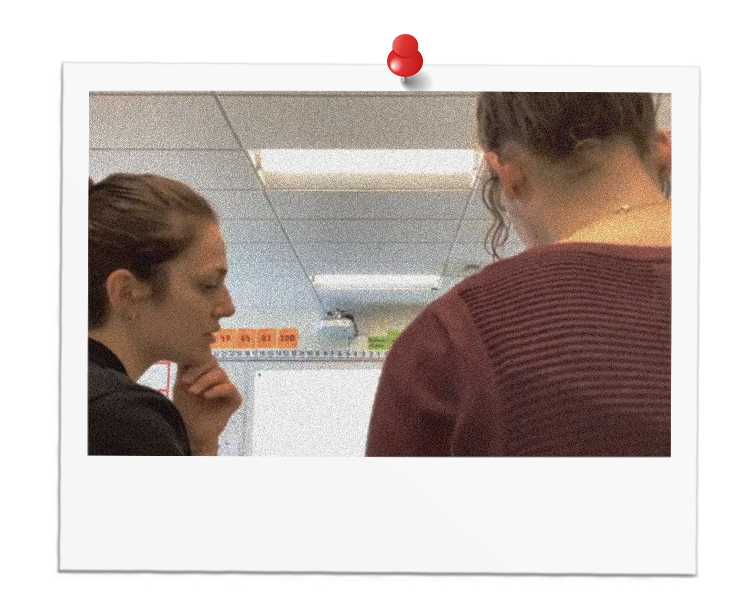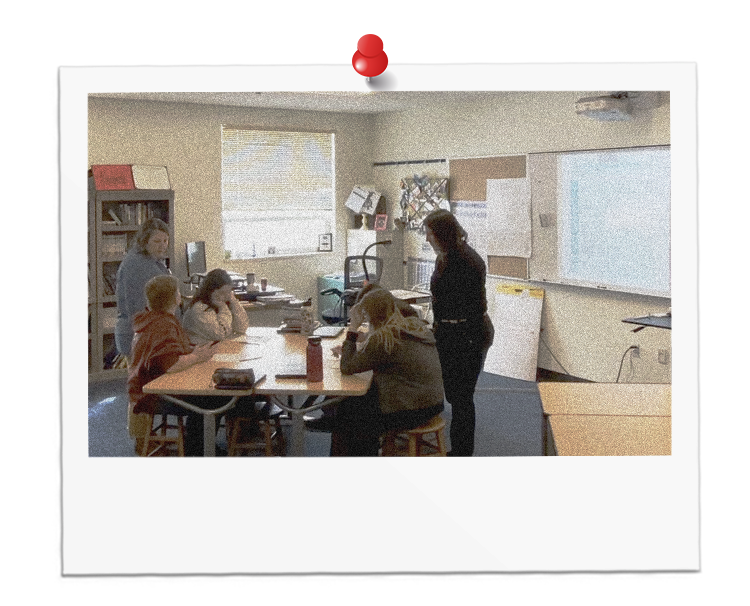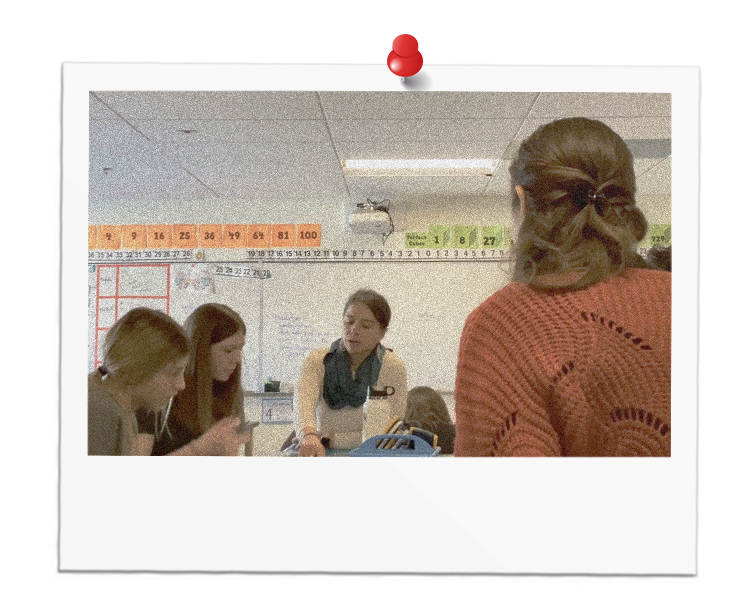Asset-Focused Co-Noticing Tool: I


ACT I supports teachers in selecting a shared, asset-focused lens for noticing how students are participating in mathematical activity. The tool prompts teachers to meet up or “huddle” during instruction to share what they are noticing and collaboratively make decisions together about what to try next in the lesson.
Asset-Focused Co-Noticing Tool: II


ACT II creates opportunities for teachers to learn about the complex work of eliciting students’ mathematical assets through conferring. The tool prompts teachers to confer with students side-by-side during the lesson as they work together to understand and surface students’ mathematical ideas and strengths.
Please explore our site to learn about our protocols and think about how you might use them in your own work as a teacher candidate, mentor teacher, or teacher educator!

This material is based upon work supported by the National Science Foundation under Grant No. 2010634. Any opinions, findings, and conclusions or recommendations expressed in this material are those of the author(s) and do not necessarily reflect the views of the National Science Foundation.